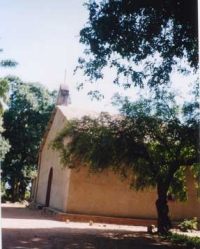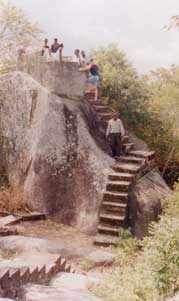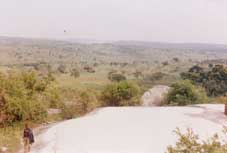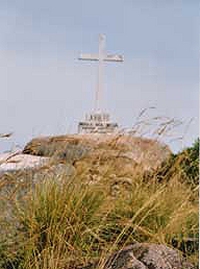

The first white settler on Ukerewe
Island was the German Mr. Carol, who built a residential house in the village
Nyamagondo in 1886. Mr. Carol stayed until 1918 and now his house is part
of a primary school.
Catholic missionaries from
Germany arrived at Kagunguli in 1894. Their initial reception by chief Mutemi
Lukongo was rather hostile, due to a misunderstanding between the White Fathers
and the chief. This resulted in the dwellings of the missionaries being set
on fire and the fathers’ hasty return. However, when they came back the following
year, 1895, the differences were resolved and by 1898 the first church and
refectory were in place. These buildings and the graves of the missionaries
can now be seen at the mission in Kagunguli


It is easy to go by bicycle in
Ukerewe as the landscape is gently hilled. To the west of the island the highest
point - Handebezyo, 1.306 metres above sea level - is situated in Halwego
village.
The point was a traditional land-viewing site, but it was turned into a memorial
in 1965. Earlier the kings of Ukerewe had arranged a ’bank’ here, where wealthy
inhabitants could deposit valuables for later use. During the kings’ rule,
seven of the hills here were preserved for water harvesting, which meant that
felling of trees was prohibited. After the independence this tradition has
been turned down and the hills stand naked today.
The landscape on Ukerewe
Island is dominated by cassava plants, mango- and citrus trees. The rocks
found in the surface are being used for drying the fermented cassava. This
gives very scenic pictures of white rocks in the middle of brown soil. In
the district, until the end of the 1980s, there was a big production of rice,
coffee and cotton. When the Nyansa Co-operative collapsed, there were no buyers
for these products and the coffee and cotton production has since ceased.
In the season, oranges and tangerines are produced in abundance and sold to
the market in Mwanza and even further away.
